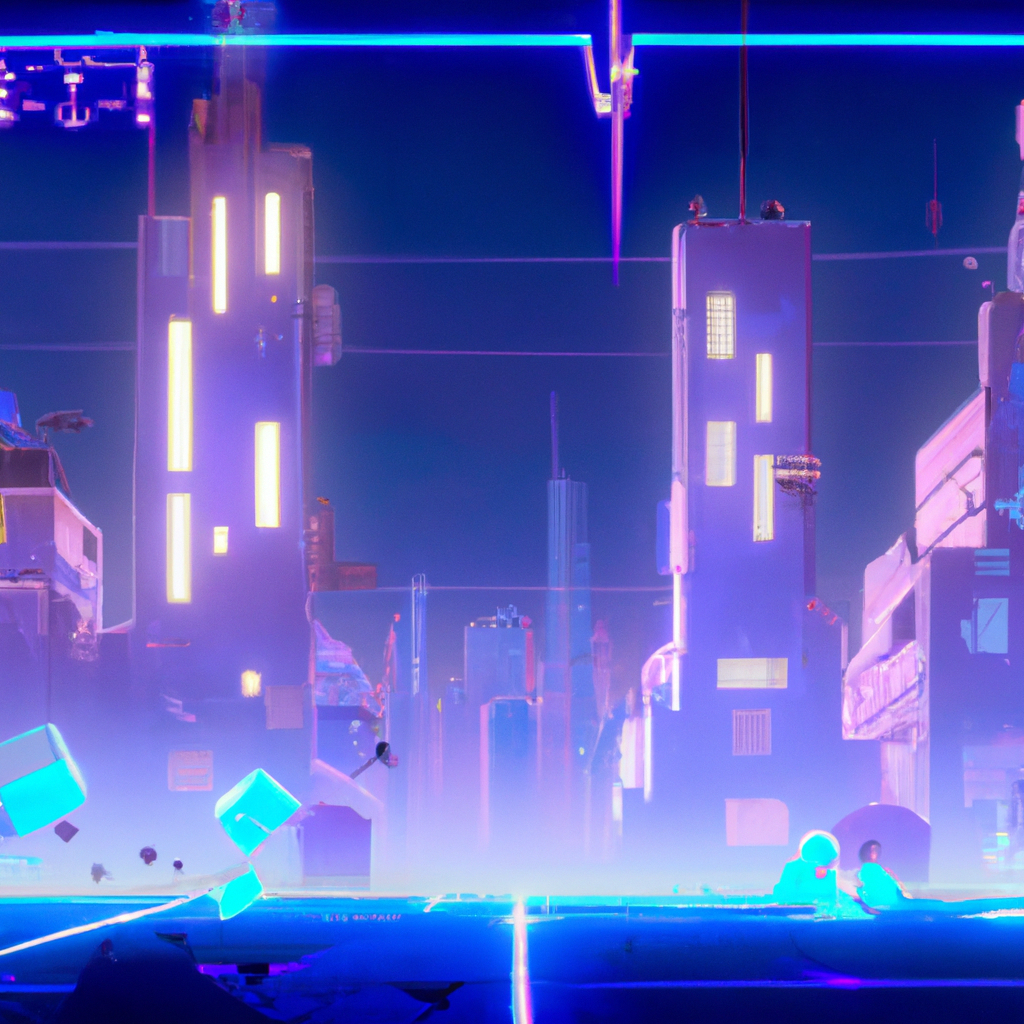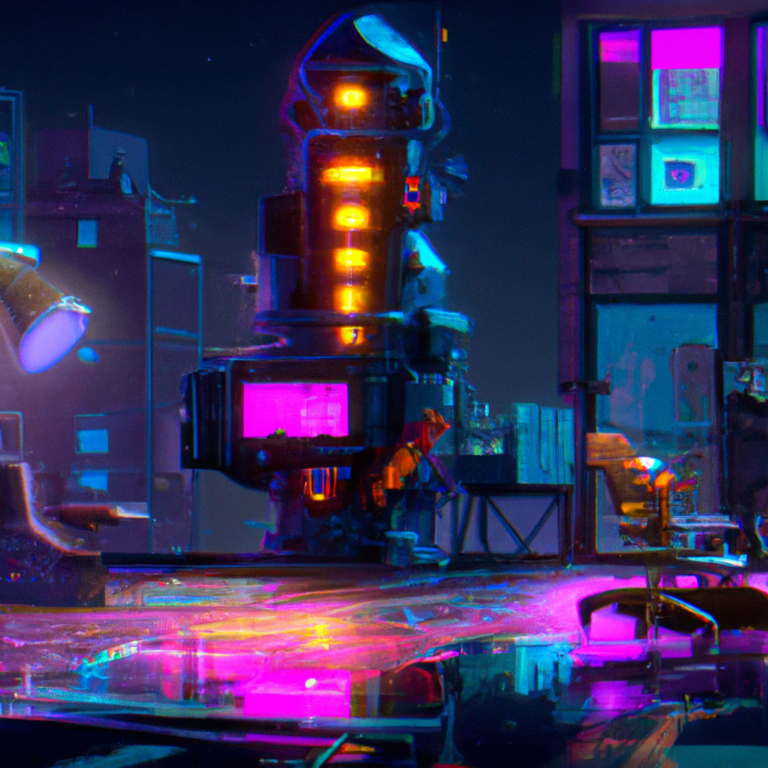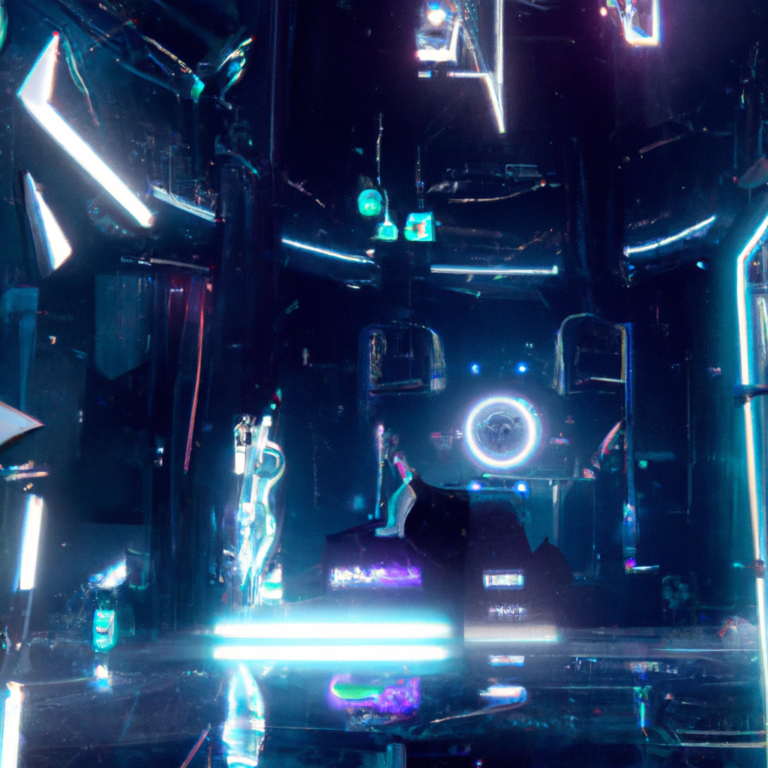“Mastering the Art of Engaging Tutorials: Crafting Unforgettable Onboarding Experiences in Game Design”
In today’s gaming landscape, competition is fierce, and players have a plethora of options to choose from. As a game developer or designer, it is crucial to create engaging tutorials and onboarding experiences to ensure that players not only understand how to play the game but enjoy the experience from the get-go. This blog post will provide a comprehensive guide on how to create captivating tutorials and onboarding experiences in games.
1. Identify your target audience
Before diving into the design process, it is essential to identify your target audience. Who is your game catered to? Are they experienced gamers or casual players? This will help you determine the complexity and tone of your tutorial and onboarding experience. For instance, experienced gamers might appreciate a quick and straightforward tutorial, while casual players might need a more in-depth and guided experience.
2. Break it down into manageable steps
When creating a tutorial or onboarding experience, it is essential to break down the game mechanics and objectives into smaller, manageable steps. Introduce one concept or game mechanic at a time to avoid overwhelming the player. Ensure that each step is simple enough for players to understand and execute, then gradually build upon these concepts as the tutorial progresses.
3. Utilize visual aids and interactive elements
A picture is worth a thousand words – visual aids can significantly enhance the learning experience for players. Use informative visuals such as arrows, highlights, and animations to direct the player’s attention to crucial elements. Interactive elements, such as allowing players to perform actions or manipulate objects, can also improve engagement and retention of the information provided.
4. Show, don’t tell
While it might be tempting to rely on lengthy text explanations, it’s essential to strike a balance between text and gameplay. Instead of telling players what to do, show them through gameplay and visual examples. This approach will help players better grasp the concepts and mechanics, making the learning experience more engaging and enjoyable.
5. Incorporate narrative elements
A great way to retain players’ interest during the tutorial and onboarding experience is by incorporating narrative elements into the game. A character or storyline can provide motivation for the player to complete the tutorial and progress in the game. For example, you could introduce a mentor character that guides the player through the tutorial or reveal a plot point that makes the learning experience more relevant and engaging.
6. Provide feedback and rewards
Feedback and rewards play a crucial role in encouraging players to continue learning and experimenting with the game mechanics. Positive feedback, such as visual and auditory cues, can help players understand when they’ve performed an action correctly. Additionally, incorporating rewards and achievements during the tutorial can incentivize players to complete the learning process and feel a sense of accomplishment.
7. Encourage exploration and experimentation
Allow players the freedom to explore and experiment within the game environment during the tutorial. This approach can make the learning process more enjoyable and engaging, as players can discover features and mechanics at their own pace. Encouraging exploration also helps players become more familiar with the game world and fosters a sense of ownership and immersion.
8. Test, iterate, and refine
Creating an engaging tutorial and onboarding experience is an iterative process. Playtest the tutorial with a diverse group of players, gather feedback, and make improvements accordingly. This process will help you identify any confusing or frustrating aspects of the tutorial and refine the experience to better cater to your target audience.
In conclusion, creating engaging tutorials and onboarding experiences is essential for the success of your game. By following these guidelines, you can ensure that players have a satisfying and enjoyable introduction to your game, which can ultimately lead to higher player retention and a more successful gaming experience for all involved.






